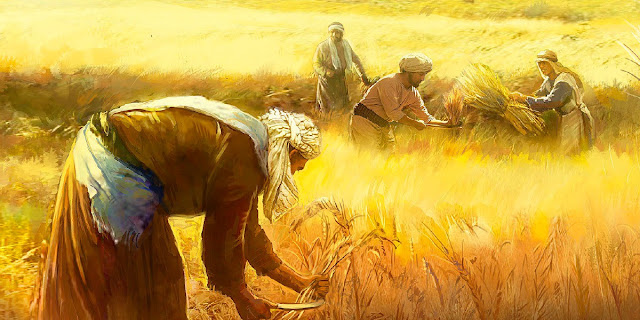End Times Revelation of Christ (preaching resource for 10/30/22)

This post exegetes the first chapter of 2 Thessalonians, which is the context of the RCL Epistles reading for 10/30/22. This exegesis draws on several sources, including John Stott's commentary. "The Master's Touch" by Greg Olsen (used with permission of artist) Introduction The Christian view of the end times (the stretch of time between Jesus' first and second advents) is related to the Christian view of all history. For some non-Christians, history is a progression of moments with no meaning or final destination. For others, it is a cycle that repeats until perfection is achieved. But for Christians, history has a great meaning and a final destination, centered on Jesus Christ. The gospel of Jesus tells us that the eternal Son of God, who existed before time, appeared in time in a specific era and locale where he suffered, was crucified, died and was buried. Then on the third day he rose again and, having sent his Spirit, has for two further millennia been l...




